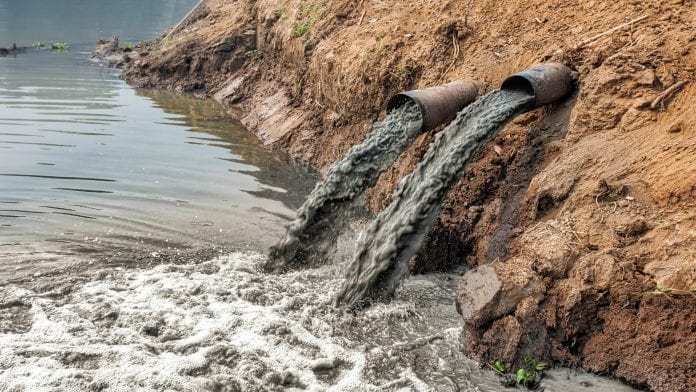
Contaminated water supply is a major cause of environmental damage and health problems worldwide, but researchers present a new way of removing toxic mercury.
Water that has been contaminated with mercury and other toxic heavy metals can now be cleaned through an electrochemical process. Researchers from Chalmers University of Technology, Sweden, present a totally new way of removing toxic mercury from a contaminated water supply.
Removing toxic mercury
According to the World Health Organisation (WHO), mercury is one the most harmful substances for human health. It has the ability to influence the nervous system, the development of the brain, and more. It is particularly harmful for children and can also be transmitted from a mother to a child during pregnancy. Furthermore, mercury spreads very easily through nature, and can enter the food chain. Freshwater fish, for example, often contain high levels of mercury due to contaminated water supply.
Research leader Björn Wickman, from Chalmers’ Department of Physics explains: “Our results have really exceeded the expectations we had when we started with the technique.”
“Our new method makes it possible to reduce the mercury content in a liquid by more than 99%. This can bring the water well within the margins for safe human consumption.”
In the last two years, the researchers have studied an electrochemical process for removing toxic mercury from a contaminated water supply. Their method works via extracting the heavy metal ions from the contaminated water supply by encouraging them to form an alloy with another metal.
“Today, cleaning away the low, yet harmful, levels of mercury from large amounts of water is a major challenge. Industries need better methods to reduce the risk of mercury being released in nature.” says Wickman.
The new method of tackling contaminated water supply
The new method involves an electrode that binds specific heavy metals to the metal plate. The electrode is made of the noble metal platinum, and through an electrochemical process it has the ability of removing toxic mercury out of the water to form an alloy of the two. By doing this, the water is cleaned of the mercury contamination. Moreover, the alloy formed by the two metals is very stable, so there is no risk of the mercury re-entering the water.
One strength of the new cleaning technique is that because the electrode has a very high capacity, each platinum atom can bond with four mercury atoms. Furthermore, the mercury atoms do not only bond on the surface, but also penetrate deeper into the material, creating thick layers. This means the electrode can be used for a prolonged period of time, and after use, it can be emptied in a controlled way.
Thereby, the electrode can be recycled, and the mercury disposed of in a safe way. A further positive for this process is that it is very energy efficient.
“The electrode doesn’t waste capacity by unnecessarily taking away other substances from the water”
The technique could be used to reduce the amount of waste and contaminated water supply, and increase the purity of waste and process water in the chemical and mining industries, and in metal production. The new technique of removing toxic mercury can contribute to better environmental cleaning of places with contaminated land and water sources.
“Another great thing with our technique is that it is very selective. Even though there may be many different types of substance in the water, it just removes the mercury. Therefore, the electrode doesn’t waste capacity by unnecessarily taking away other substances from the water.” Concludes Wickman.
It can even be used to clean drinking water in badly affected environments because, thanks to its low energy use, it can be powered totally by solar cells. Therefore, this new discovery can be designed into a mobile and reusable water cleaning technology.









